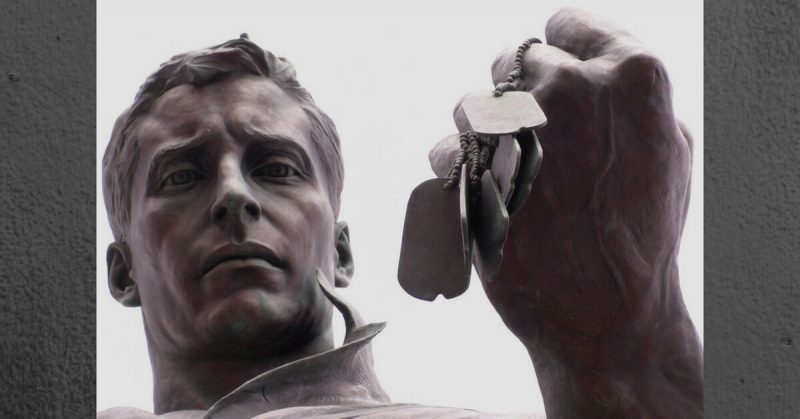Dog tags have a simple purpose; they exist to identify people. The term “dog tag” is informal, but it is the nickname for those two pieces of non-corrosive metal hanging around military personnel’s necks.
History of Dog Tags
Roman Legionnaires had dog tags, called signaculum. They contained very basic information such as a person’s name and group. They were made of lead and had a leather rope attached for wearing around the neck.
The Chinese military started using them in the mid-1800s. However, soldiers in the United States fighting in the Civil War had to improvise to identify themselves on the battlefield. They wrote information such as their name and address on a piece of paper and then pinned it to the back of their jacket (on the inside of course). Some soldiers did not do this and instead opted to etch the info into their belts or knapsacks.
American businessmen spotted an opportunity. Recognizing there was a market for name tags within the military they advertised pins displaying a soldier’s name, rank, unit and military status. Usually, tags had a shield or an eagle on them, along with a phrase that represented war. For instance, one of the phrases used was “War for the Union.”
Just a few years after the American Civil War ended, tags were issued to the Prussian Army in the Franco-Prussian War in 1870. These had a German nickname “Hundemarken” and were based on an identification system for dogs.
Military tags became commonplace. In 1906, the United States Army officially began providing them to personnel. In 1907, the British Army followed suit. British i.d. tags were made from aluminum, the same metal the United States used at the time. Britain, Canada, Australia and New Zealand all retained the same basic identification discs until well into the 20th century.
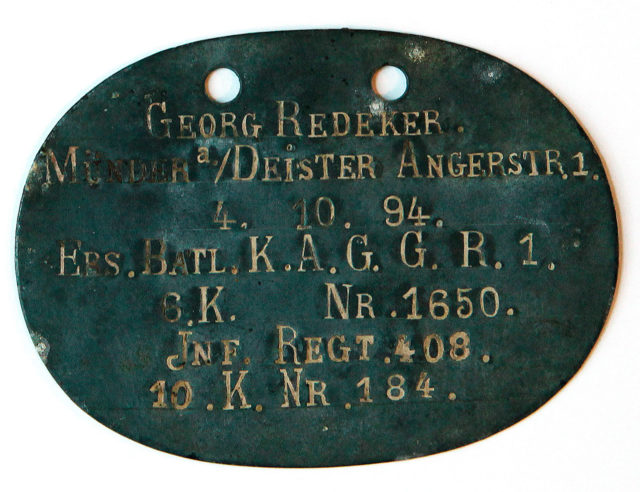
It is possible to look back through history and find instances of something similar, but dog tags as we know them today did not come about until the mid-1800s.
As well as identifying people dog tags contain much more information than just a name. Over time, more and more information has been added to the tags, enabling them to be as helpful as possible.
1916 brought a change to dog tags. Both the United States and the British issued two dog tags. If a soldier died, one disc was removed to assist with recording the death. The other was left with the body for identification once it was removed from the battlefield. In an intense fight, if a soldier dies, medics can later retrieve the body; and know who they have. It has remained this way with more and more militaries adopting tags.
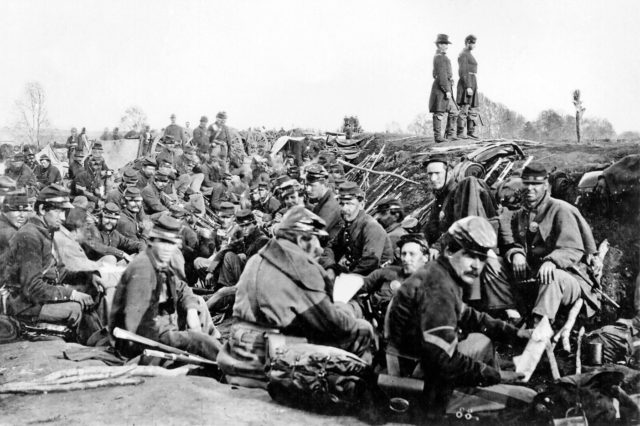
Tags
Every country has different tags, different ways they make them, different materials and even different info. Here are some interesting facts regarding dog tags:
-Several countries utilize dog tags that break in two, like Canada, Israel, and Denmark.
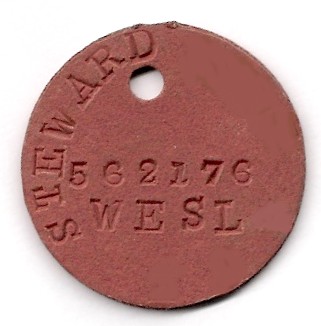
-The ball chain is the most commonly used necklace to support the tags. In the past, a string was used, and in some countries chains.
-Dog tags are mostly ovals or rectangles.
-Some countries put religious affiliation on dog tags.
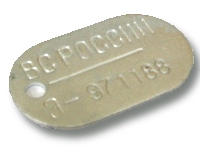
– During World War II, the Soviet Union did not issue dog tags. Instead, they opted for a cylinder with a piece of paper in it providing the details. They began issuing oval tags after the war ended. The tags Russia uses today, are very similar to those.
-The three most common things on dog tags are; name, blood type and serial number.
Different Usage
Dog tags have extended beyond the military, for use in other areas. For instance, dog tags have become a fashion accessory. Some businesses offer customers the opportunity to create their own personalized dog tags. They have also become a marketing item for some companies, with the person wearing the tag seeing the company name on the chain, over and over.
They are also used within the medical industry. A lot of info can be put on them regarding the patient, i.e. allergies, blood type, emergency contacts, etc. These are typically referred to as medical ID tags, but they are the same concept as dog tags.
Meat Tag
Meat tags and medical tattoos are one and the same. They include vital information about the person, just like a dog tag. Some military personnel have information tattooed on themselves, typically on their rib cage. These tattoos are inforally known as meat tags.
